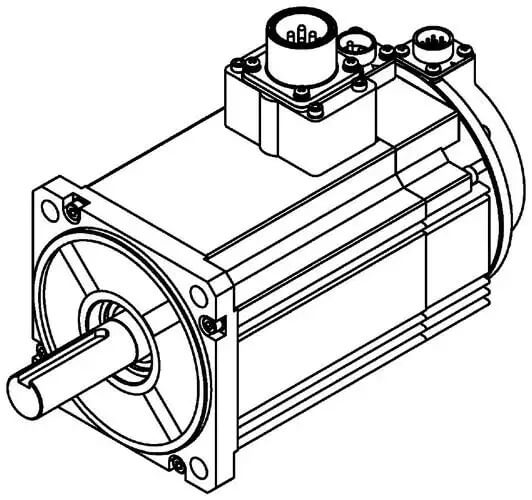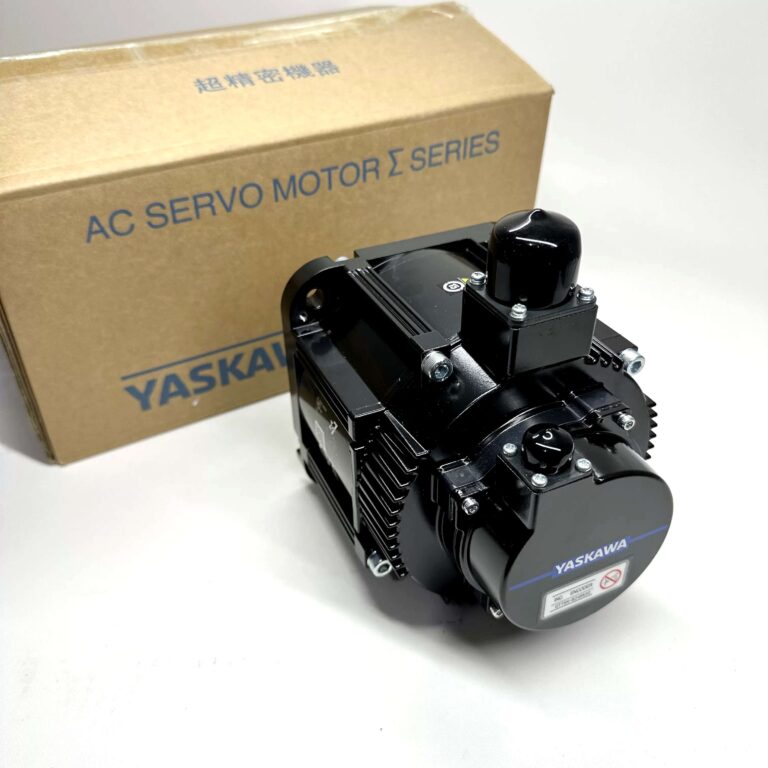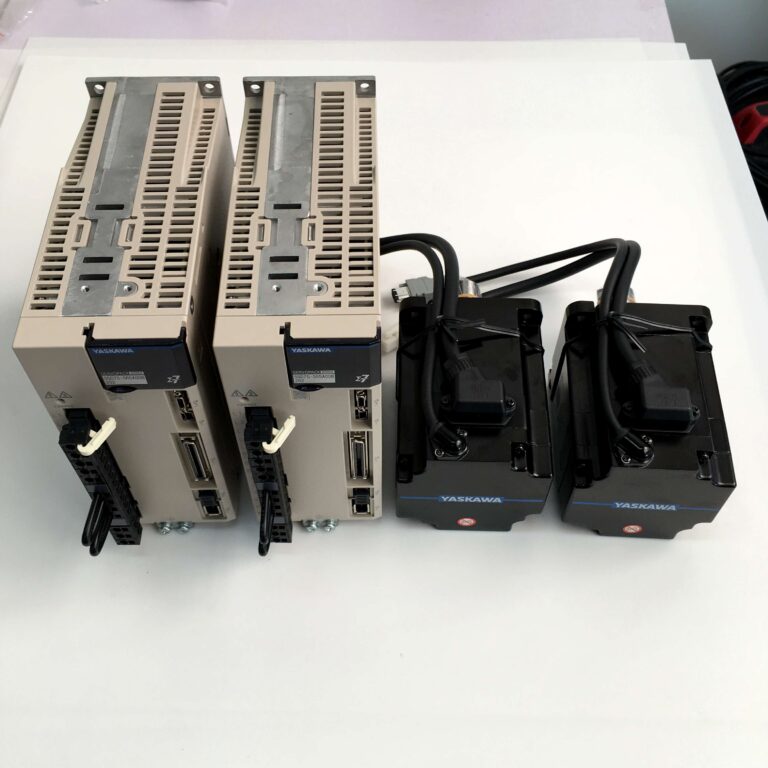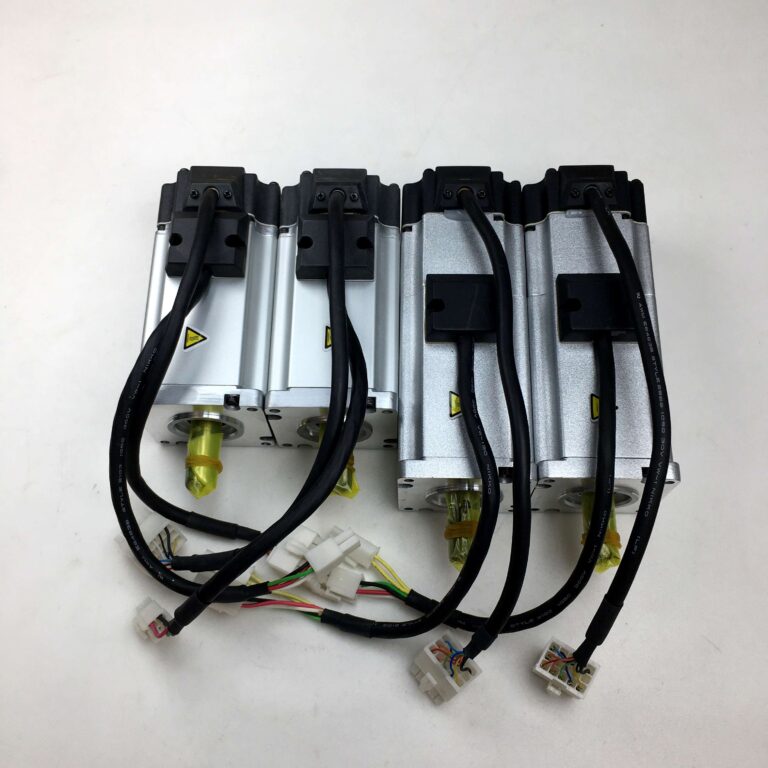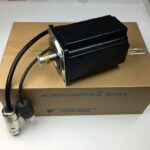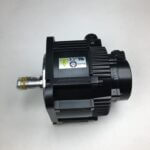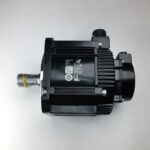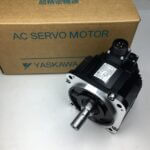Can You Control a Servo Motor with a Stepper Controller?
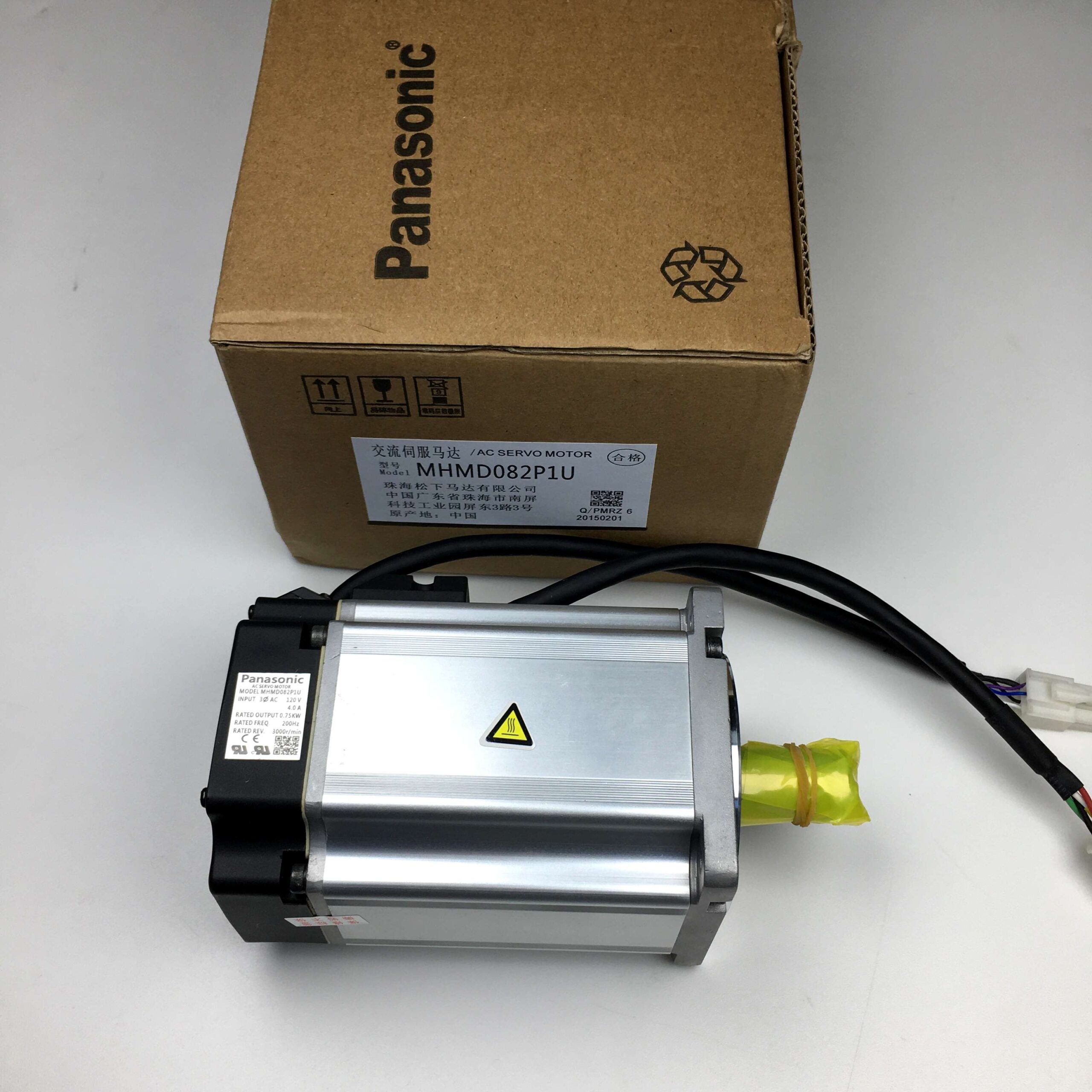
The ability to effectively control motors is essential for a variety of applications in both hobby and industrial settings. Servo motors and stepper motors are two of the most popular types used today. Given the differences in design and control requirements, the question often arises: Can you control a servo motor with a stepper controller? The answer is both yes and no. While some aspects are possible, others can be quite challenging due to the differences in their control mechanisms. In this article, we’ll explore how these motors differ, the feasibility of controlling one with the other, and the practical considerations for doing so.
Servo motors, known for their precision and feedback mechanisms, are a staple in robotics, automation, and industrial machinery. On the other hand, stepper motors are famous for their predictable, incremental movements, making them ideal for precision control without feedback.
Understanding Servo Motors and Stepper Controllers
What Are Servo Motors?
Servo motors are electromechanical devices designed to provide precise control over rotation, position, and speed. Typically, they include a motor, a feedback sensor (such as an encoder), and a controller. These elements work together in a closed-loop system, where the feedback sensor sends real-time position data back to the controller to ensure precise movement.
- Closed-Loop System: The key feature of a servo motor is its closed-loop configuration. Feedback allows the motor to make micro-adjustments in real-time, ensuring it follows the exact path required.
- Continuous Rotation: Servo motors are designed for continuous operation, unlike many other motors that can only move in steps or rotations up to a specific point.
Servo motors such as the Panasonic Servo Motor MINAS A5 1KW MDME102GCH are examples of powerful, precision-controlled motors that offer advanced features.

What Are Stepper Controllers?
Stepper controllers are used to control stepper motors, which, unlike servo motors, operate in fixed steps. A stepper motor rotates in precise increments called steps, controlled by the sequence and frequency of electrical pulses delivered by the stepper controller.
- Open-Loop System: Stepper controllers work in an open-loop system, meaning there is no feedback involved. The controller sends signals, and it is assumed that the motor follows them accurately. This is why stepper motors are typically used for tasks that don’t require high levels of precision over time.
- Simple Control Mechanism: Compared to servo controllers, stepper controllers are simpler, as they do not need to receive real-time feedback. Instead, they focus on sending electrical pulses at a steady rate to achieve the desired movement.
| Characteristic | Servo Motor | Stepper Motor |
|---|---|---|
| Control Type | Closed-loop | Open-loop |
| Precision Level | High | Moderate |
| Torque Consistency | High | Low at High Speeds |
| Feedback Mechanism | Yes | No |
To explore more about controllers, check out our Yaskawa Servo Drives.
Key Differences Between Servo Motors and Stepper Motors
Understanding the fundamental differences between servo motors and stepper motors is essential to determine whether a stepper controller can be effectively used with a servo motor.
Closed-Loop vs. Open-Loop Control
Servo motors operate in a closed-loop system, meaning that they use feedback from encoders or other sensors to adjust the output continuously. This allows for high accuracy, even when subjected to varying loads or conditions. In contrast, stepper motors operate in an open-loop system, meaning there is no real-time feedback. The controller simply sends out a specific number of pulses, and it assumes the motor follows them precisely.
- Precision: Servo motors can maintain their accuracy regardless of changes in load because of continuous feedback. Stepper motors may lose steps or stall if the load changes significantly.
- Efficiency: Servo motors are generally more efficient, especially for applications that require rapid acceleration and deceleration. In these cases, the feedback loop ensures that the motor operates optimally.
Torque Characteristics
Stepper motors have high torque at low speeds but experience a steep drop-off in torque at higher speeds. Servo motors, in contrast, provide consistent torque across their entire speed range.
- Stepper Torque Characteristics: Ideal for slow and precise applications, such as 3D printers or CNC machines with lightweight tasks.
- Servo Torque Characteristics: Servo motors are ideal for applications requiring consistent torque at varying speeds, such as robotic arms or conveyor belts.
Application Differences
Servo motors are typically found in applications that need high precision and adaptability, such as industrial automation and robotics. Stepper motors are more common in devices where precise positioning is required but without a high degree of adaptability, like plotters and scanners.
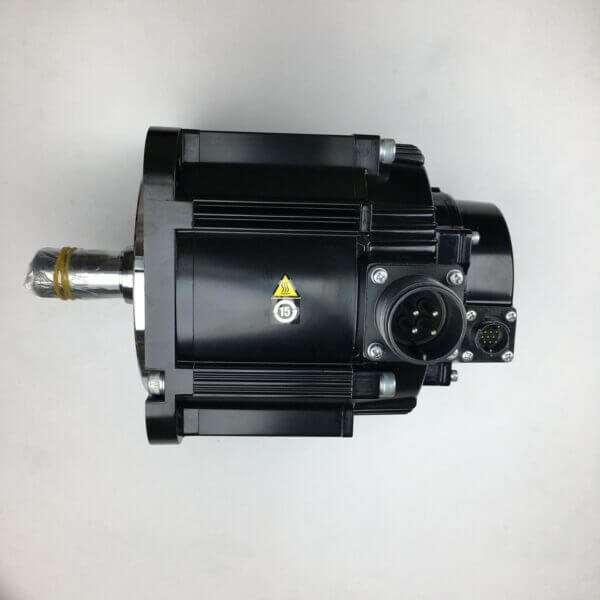
Yaskawa Single Axis Servo Driver SGD7S-120A00A is known for maintaining precise control even in complex applications.
Challenges of Controlling a Servo Motor with a Stepper Controller
Feedback Integration
The biggest challenge when trying to use a stepper controller to control a servo motor lies in the lack of a feedback mechanism. Servo motors rely heavily on feedback to maintain their precision, but stepper controllers don’t support this feature.
- Lack of Real-Time Adjustments: Servo motors need real-time adjustments to correct any positional errors or speed changes. Since a stepper controller operates in an open-loop configuration, the servo motor cannot receive the necessary corrections.
- Risk of Unstable Operation: Without feedback, the servo motor may behave erratically. There’s a risk of overshooting, oscillation, or losing synchronization with the desired motion path.
Compatibility Issues
Another issue with using a stepper controller for a servo motor is the difference in the drive signals. Stepper motors respond to pulse-based control signals, while servo motors often require analog or PWM signals for more nuanced control.
- Control Inputs: A servo motor’s control input often includes more complex requirements, such as analog speed control and high-frequency PWM signals, whereas stepper controllers provide simple step and direction commands.
Performance Limitations
Using a stepper controller to control a servo motor would also mean losing much of the performance benefits of a servo motor.
- Reduced Precision: Since the controller cannot interpret feedback, the servo motor loses its primary advantage—precise movement based on feedback.
- Torque Variability: Servo motors are designed to adapt their torque based on load and feedback. A stepper controller cannot support this adaptability, leading to sub-optimal torque management.
| Aspect | Impact When Using Stepper Controller |
|---|---|
| Precision | Drastically reduced |
| Torque Management | No load adjustment |
| Feedback Utilization | Not possible |
| Risk of Errors | High (overshooting or undershooting) |
Possible Workarounds
While directly using a stepper controller to control a servo motor has significant limitations, there are workarounds that some users have explored, with varying degrees of success.
Using a Hybrid Approach
One approach is to combine a stepper driver with an additional feedback circuit that provides some form of position verification. This hybrid approach could, in theory, enable the use of a stepper controller while retaining some feedback benefits, but it is far from optimal. Specialized electronic components and additional programming are often needed.
- Feedback Simulation: This involves adding an encoder to simulate the feedback that the servo motor would expect. However, this adds complexity, cost, and is not as reliable as a true servo controller setup.
Using High-Level Controllers
Another possibility is to use a high-level controller that can bridge the gap between the simple pulse signals of a stepper controller and the feedback-dependent requirements of a servo motor. Devices such as Arduino or Raspberry Pi can serve this purpose but need considerable programming and may still not be suitable for industrial-level applications.
- Programmable Logic Controllers (PLC): In industrial applications, PLCs are sometimes used to integrate servo motors with stepper systems, though this adds cost and requires skilled programming knowledge.
Best Practices for Controlling Servo Motors
If you are looking for reliable control of servo motors, it is best to use a dedicated servo controller. These controllers are designed to manage feedback loops, adapt to load conditions, and maintain precise positioning.
Choosing the Right Components
Ensure that the components you choose—including servo motors and controllers—are compatible. Selecting the right servo controller ensures seamless control, minimal setup issues, and optimal motor performance.
- Yaskawa Servo Controllers: Yaskawa products are known for their reliability in both industrial and hobbyist applications. They provide precise feedback mechanisms and support advanced control features.
- Panasonic Servo Controllers: These controllers are also highly regarded for their ability to integrate smoothly with various systems, ensuring that the servo motors operate effectively.
To learn more about compatible components, visit Servo Motor Store, where you can find a wide selection of high-quality servo motors and controllers.
FAQs
1. Can a stepper controller be used to control a servo motor?
While it is technically possible to connect a servo motor to a stepper controller, it’s not advisable. The lack of feedback and differences in control signals can lead to poor performance and even potential damage.
2. What are the key differences between servo motors and stepper motors?
Servo motors operate in a closed-loop system, using feedback to ensure precision. Stepper motors, in contrast, are open-loop systems, which makes them simpler but less adaptive to changing loads or conditions.
3. Is it possible to create a hybrid control system for servo motors?
Yes, it’s possible to create a hybrid system by adding feedback to a stepper controller, but it’s a complex and inefficient workaround compared to using a dedicated servo controller.
4. What are the challenges of using a stepper controller for a servo motor?
The main challenges include the lack of feedback, different signal types, and reduced control over precision and torque management.
5. Which is better for high-precision tasks: servo or stepper motors?
Servo motors are better for high-precision tasks because they use feedback to maintain accuracy and adapt to load changes, unlike stepper motors.
Conclusion
In conclusion, while the idea of controlling a servo motor with a stepper controller may seem feasible, the limitations and challenges outweigh any potential benefits. Servo motors require feedback for precision, which stepper controllers simply do not support. Therefore, for anyone aiming for reliable and precise motor control, using a dedicated servo controller is the best approach. Not only does it ensure accuracy and stability, but it also leverages the inherent strengths of servo technology to provide consistent performance.
Visit our Servo Motor Store to browse a wide range of servo motors and controllers designed for seamless integration and optimal performance.
